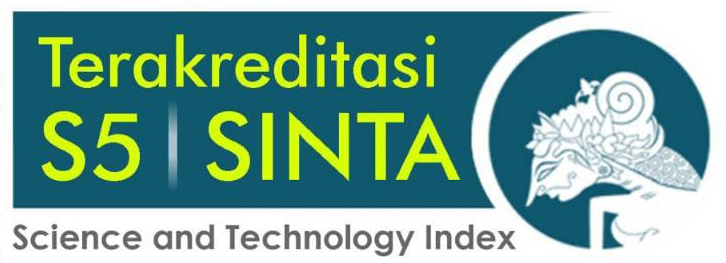Pernikahan “Pada Gelahang”
DOI:
https://doi.org/10.51172/jbmb.v1i3.33Keywords:
marriage, “pada gelahang”, purusha.Abstract
Bali has changed. The world is no longer partially controlled by men but there are forms of marriage where both the bride and groom act as purusha (the power of patriarchy) or have the same rights and obligations between them. This qualitative study found that the number of bride and groom couples in Bali who choose the form of marriage "pada gelahang" (having the same rights and obligations), from year to year tends to increase. The background or main reason for choosing the form of the marriage is to continue the regeneration. There are three principles or attitudes of life that need to be held and respected so that the marriage achieves prosperity and happiness forever (find a forever happiness), namely paksa, lasia, and satya.
References
Kaler, I Gusti Ketut. 1967. Butir-butir Tercecer tentang Adat Bali. Denpasar: Bali Agung.
Perhimpunan Dosen Hukum Adat (Pershada) Bali. 2008. “Perkawinan ‘Pada Gelahang’”
(penelitian).
Pusat Pelayanan Konsultasi Adat dan Budaya Bali, LPPM Universitas Udayana). 2015. Hasil
Penelitian ”Bali Shanti”, Denpasar.
Downloads
Published
How to Cite
Issue
Section
License
Authors who publish with this journal agree to the following terms:
Authors retain copyright and grant the journal right of first publication with the work simultaneously licensed under a Attribution-NonCommercial-ShareAlike 4.0 International (CC BY-NC-SA 4.0) that allows others to share the work with an acknowledgement of the work's authorship and initial publication in this journal.
Authors are able to enter into separate, additional contractual arrangements for the non-exclusive distribution of the journal's published version of the work (e.g., post it to an institutional repository or publish it in a book), with an acknowledgement of its initial publication in this journal.
Authors are permitted and encouraged to post their work online (e.g., in institutional repositories or on their website) prior to and during the submission process, as it can lead to productive exchanges, as well as earlier and greater citation of published work (See The Effect of Open Access).





